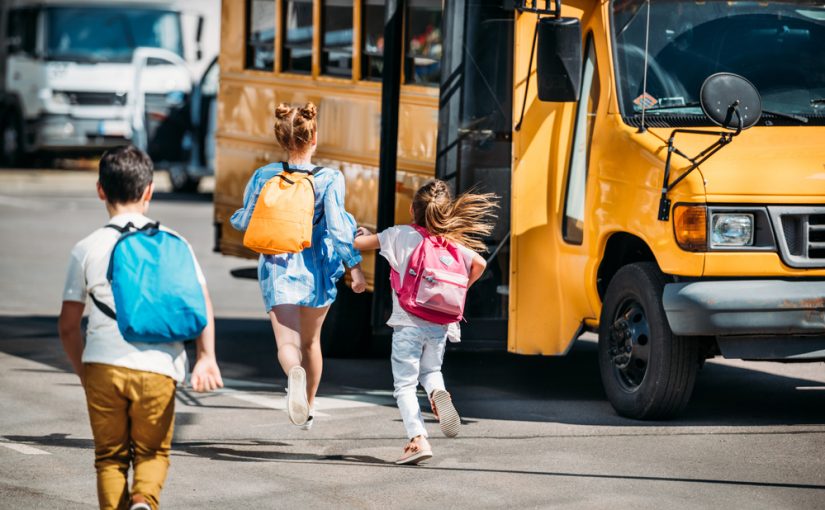As we approach the Labor Day weekend, Florida is under a state of emergency as Hurricane Dorian approaches. Today, the storm is a Category 2, but weather experts warn that it holds the potential to develop into a Category 4 when it hits land. It’s still early to project, but landfall is expected late Monday or Tuesday. Everyone is on standby.
We’re deploying resources in a Hurricane Toolkit as a just-in-case. September is National Preparedness Month and, remember, hurricane season lasts thorough November so it’s a handy bookmark. We’ll be keeping an eye on things over the weekend and may add to the resources if evacuations or other emergency measures are needed.
Florida Emergency Resources
FloridaDisaster.org (Division of Emergency Management) is the single best source for information. See specific information on Emergency Information for Hurricane Dorian. You can also visit the sister site for commercial businesses: FloridaDisaster.Biz
On social media, you can find updates from the Florida State Emergency Response Team (SERT) on Twitter and on Facebook
US Coast Guard Southeast on Twitter and on Facebook
Florida Department of Education – Hurricane Dorian
Florida 511 APP – Get up-to-the-minute, real-time traffic conditions and incident information for the State of Florida with Florida 511 app.
Florida Storms APP – Florida Public Radio Emergency Network
Hurricane Dorian – tracking & live weather coverage
- NOAA
- National Weather Service Twitter and Facebook
- National Hurricane Center on Twitter
- CNN Live updates: Hurricane Dorian
- Miami Herald
- South Florida Sun Sentinel
- Tampa Bay Times
- NYT: Maps: Tracking Hurricane Dorian’s Path Toward Florida
- NYT: Live news updates
Hurricane Prep & Checklists
Insurance Information Institute: What to do when a hurricane threatens
When the storm approaches, don’t get caught with your windows down
Insurance Information Institute: Hurricane Awareness
Hurricanes can shatter lives as well as damage property. Fortunately there are steps you can take to minimize a hurricane’s impact.
Insurance Information Institute: Five Steps to preparing an effective evacuation plan
Disaster readiness will help keep you and your family safe and secure
Red Cross – Hurricane Safety Checklist
FEMA: How to Prepare for a Hurricane
Common sense advice …Before and after a hurricane
Hurricane Preparation Checklist To Protect Your Technology
Taking Care of your pets during hurricanes & floods
FDA Offers Tips about Medical Devices and Hurricane Disasters
Food and Water Safety During Power Outages and Floods
Red Cross Free Emergency Apps – includes a hurricane app, first aid, and many other useful apps.
Reprinted from Renaissance Alliance – no usage without permission.






